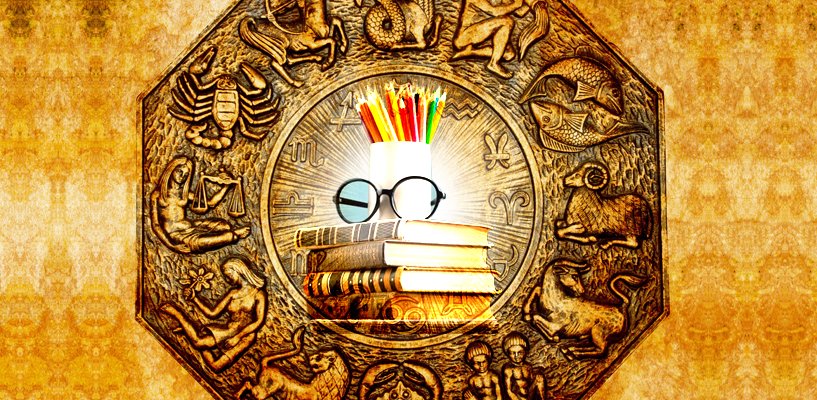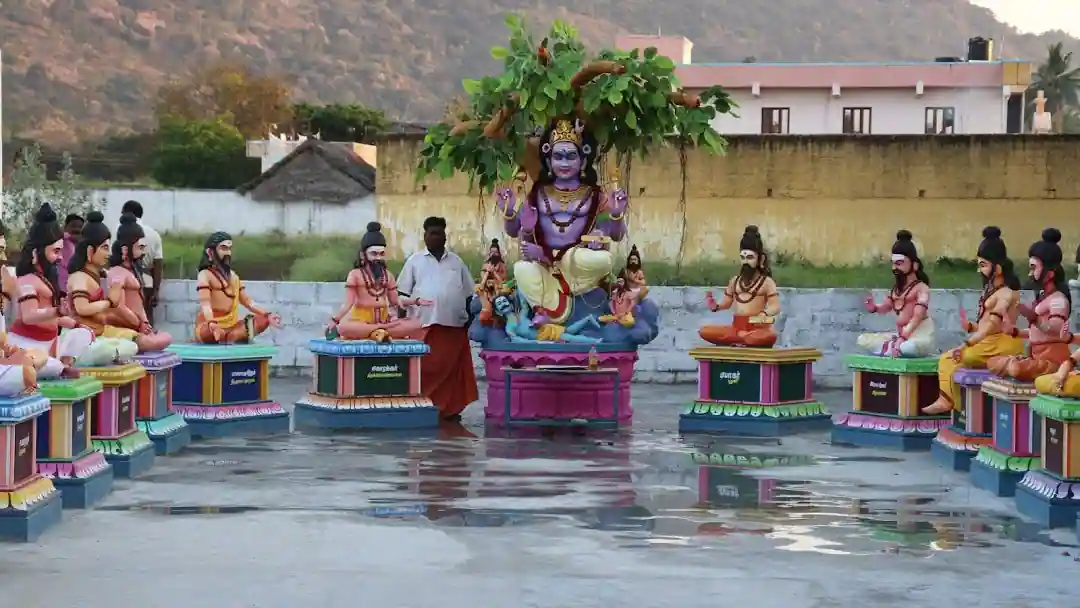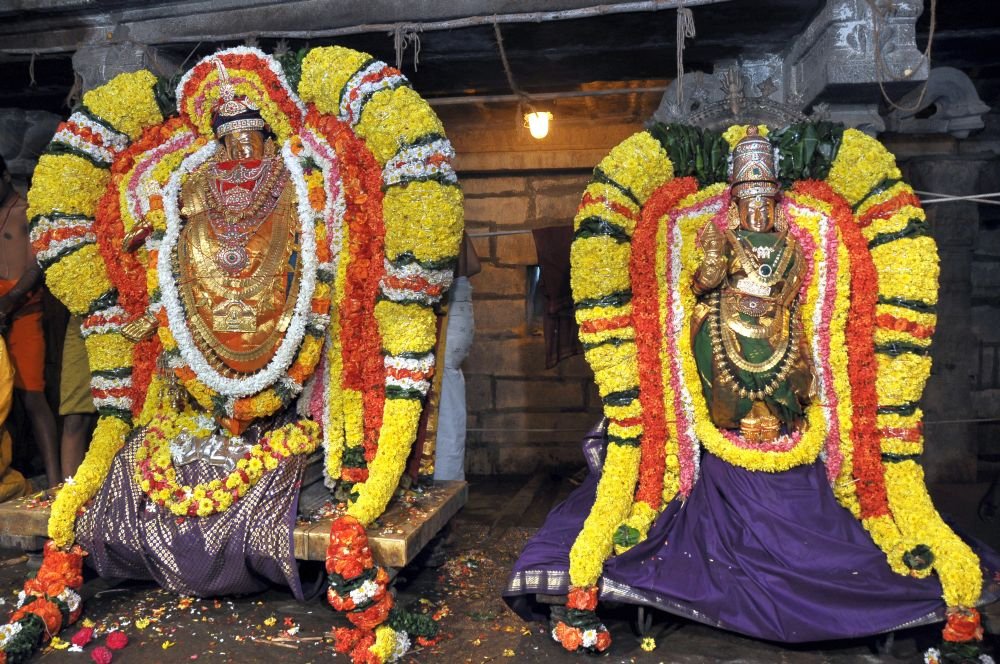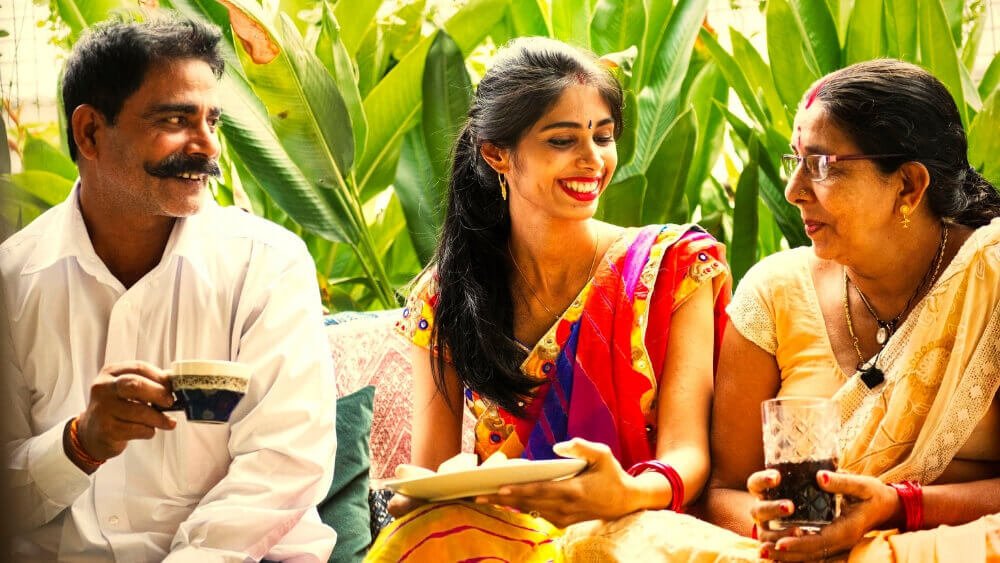A person’s life and future are greatly impacted by a quality education. It lays the groundwork for their achievement. This is why even low-income parents put in a lot of effort and make numerous sacrifices to ensure that their children attend the best schools and colleges. However, having money and opportunities alone will not guarantee a quality education. Also, it depends on the person. A person might not be particularly interested in education, for instance. Other factors may also be involved. One such factor is fate. The planets and stars in the sky when you were born can tell a lot about your life, including your education.
We can examine a person’s education yoga with the assistance of Student and Education astrology. A person’s horoscope is all that is required. A good astrologer will be able to predict a person’s level of education and academic achievements by analyzing their horoscope. He will also be able to determine which career path will help a person succeed in life. Parents frequently coerce their children into participating in activities that they find distasteful. The child may lose interest and motivation as a result. As a result, they won’t do well. However, Vedic astrology can identify a child’s strengths and weaknesses in a particular subject. The parents will be able to properly direct the child once these have been identified.
Astrology for Students
The native’s birth chart’s second, fourth, and fifth Houses, as well as the positions of various planets in these Houses, are crucial for higher education. The Navamsha Kundali must be utilized for education analysis. The position of the fifth House should be thoroughly investigated.
Education is represented by the 4th House, and knowledge is represented by the 5th House. Higher education is governed by the 9th House, and success is symbolized by the 11th House. Jupiter, Venus, Mercury, and Ketu should be well-placed for success in higher education.
Venus is in charge of entertainment, arts and crafts, and so on, while Mercury is associated with intelligence and Jupiter with knowledge and wisdom. and Ketu is a sign of technical expertise and hidden intelligence. The native will succeed in higher education if these planets are well-positioned.
Mercury and Jupiter The child will receive an excellent education if both planets are in favorable positions. The education level rises if these planets are related to Kendra or the triangle house.
The state of education is decided by the second House. It is important because it serves as the child’s foundation and is the primary House for elementary education.
The chart places happiness in the fourth House. The level of education after elementary school is revealed by this House.
The most significant House in terms of education is the fifth. Because Jupiter is the planet in this House that causes things, it tells you if the education you get will help you get a job or start a business. When it comes to selecting the best topics for earning a living, this House plays a crucial role.
Additionally significant are the planets associated with education and the position of the Lord of the Houses in the square Kundli. If the planets and houses are weak in the square Kundli, even if the Kundli is good, the education level may not be good. As a result, the square Kundli is extremely helpful in providing the complete picture.
Let’s take a look at some other planetary positions that affect education:
If Rahu is in the 6th, 8th, or 12th Houses, the native may have trouble concentrating and fail to graduate school.
The native will miss out on good opportunities if Jupiter and Rahu are aligned in the 12th House.
Obstruction in higher studies is likely if the Lord of the 9th House is in the 8th House.
The native experiences repeated failures when Saturn is aligned with Rahu in the 9th House and the Lord of the 5th House is positioned in an afflicted state in the 12th House.
The native may not pursue higher education if Mercury is weak, Venus is weak, Jupiter is in retrograde in the 8th House, and Ketu is bad.
The Lords of the 4th, 5th, 6th, and 9th Houses ought to be strong, beneficent, well-placed, and supportive of academic success.
Kala Sarpa Dosha, Grahana Dosha, Guru Rahu Dosha, Shrapit Dosha, and Visha Yoga are examples of negative yogas that have the potential to cause issues in higher education. It may be very difficult to succeed in higher education if any two of these are present in the chart.
Astrology and Success in Examinations
The native can pass the exam if the 9th House is favorable. Additionally, the 9th house ought to be strong and in good position.
At the time of the examination, the native will have difficulty passing if there is a negative influence from planets during the Dasha and Bhukti periods. If Rahu and Ketu are positioned in the 12th house and their Dasha and Bhukti periods are ongoing, the same outcome is possible.
The native may be very knowledgeable and have strong willpower if the Lagna is beneficent and strong and the 5th House is also strong. And they can pass the exam if Mercury is strong and in the Lagna, 4th, 5th, 9th, or 11th Houses. The native may pass the competitive exam if Jupiter, Rahu, Venus, the Sun, and Saturn are strong and in good places. The native may face numerous challenges in passing the exam if these planets are weak and in the 8th or 12th House.
In competitive examinations, the 4th, 5th, and 6th Houses play supporting roles. The native will pass the exam if Jupiter, the Sun, Mercury, and Rahu are strong and positioned in the sixth house.
Mercury that is weak and in retrograde will make careless mistakes, anxiety about exams, and other things. In competitive exams, students who have Budha Aditya Yoga, Guru Aditya Yoga, Raja Yoga, or Bondhu Poojya Yoga in their chart will score well. If not, success will require the 5th, 6th, 9th, and 11th Houses to be benefic and powerful. Additionally, the Vidya karaka planets, such as Mercury, the Sun, Jupiter, or Saturn, ought to be powerful and favorable.
Additionally, the D9 chart must be analyzed. The native’s health will be fine during the examination if Ketu is benefic. A sudden health problem before or during the exam will result in poor performance or absence during the exam if Ketu is weak and negative.
You may have learned how to use astrology to learn more about your child’s education from this article.
Student and Education Remedies in Astrology
- Installing green curtains in your child’s study area will help them focus better and retain information better. This will please Mercury, a planet that provides excellent education.
- Ask your child to recite the Beej Mantra (Om Shreem Hreem Sarawati-Ya Namaha) 21 times while they are studying and pray to the Goddess for her blessings on education and wisdom.
- In the child’s study area, place an idol of the goddess Saraswati. It may improve the child’s capacity for concentration and memory.
- To invoke the blessings of Lord Surya, also known as the Sun God, combine sugar, roli, and rose petals in a copper container. Also, every Sunday, give something red to the poor.
- On Sundays, the native should consume food with little or no salt.
- Every day, have your child recite the Gayatri Mantra 21 times.
- Give your child one teaspoon of tulsi juice (basil) and honey every morning before breakfast. This may improve memory capacity.
- The study room should not have any heavy furniture in it. Positive energy will be blocked by this.
- Mercury’s affliction creates obstacles and delays in achieving desired outcomes. Offer green moong dal, cardamom seeds, and Dhruva wrapped in a green cloth on Wednesdays at a temple to Lord Ganesha to overcome this.
- The youngster ought to confront the east while contemplating.
- To ensure that positive energy flows, the study desk must face north, east, or north-east.
- On Wednesdays, have the child recite 108 times on a tulsi mala the mantra “Guru Grehgayepadhaanraghuraee, Alp KaalVidya Sab Pai.”
- The child should sleep with his or her head to the east or south.
- Give the Peepal tree two cardamom seeds and five different kinds of sweets. Do this for three Thursdays in a row.
- Make the child wear a long chain made of a small square of copper.








